Figures & data
Figure 1. The ultrafine condensation particle counter by Stolzenburg and McMurry (Citation1991) (reproduced with permission of the American Association for Aerosol Research).
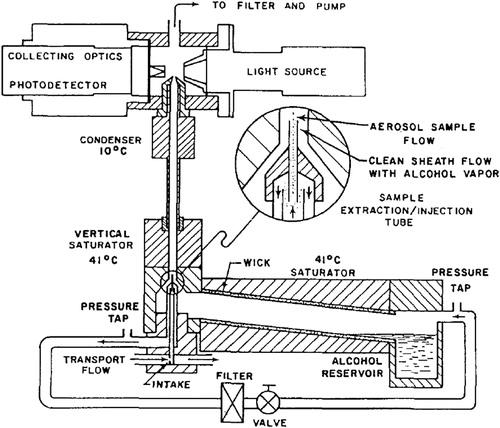
Figure 2. Detection efficiency of the ultrafine CPC prototype by Stolzenburg and McMurry (Citation1991) (reproduced with permission of the American Association for Aerosol Research).
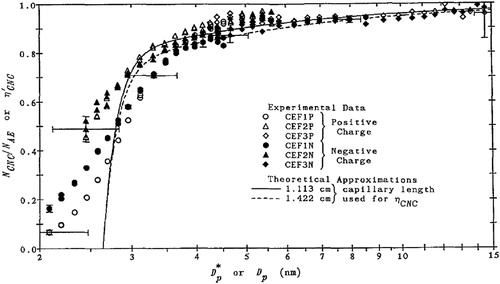
Figure 3. Pulse height distributions measured with the first PHA CPC by Marti et al. (Citation1996) (reproduced with permission of the American Association for Aerosol Research).

Figure 4. Detection efficiencies of the Airmodus A20 and A11, and TSI 3772 and 3776 with modified condenser and saturator temperatures (Kangasluoma et al. Citation2015a, Citation2015b). In all temperature settings, the condenser is set to 10 °C (except for the A11) (reproduced with permission of the American Association for Aerosol Research).
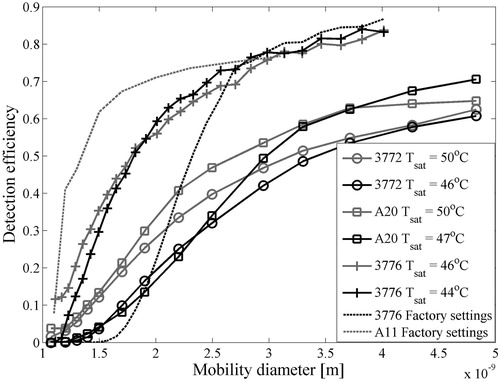
Figure 5. Design of the ultrafine water CPC reported by Iida et al. (Citation2008) (reproduced with permission of the American Association for Aerosol Research).
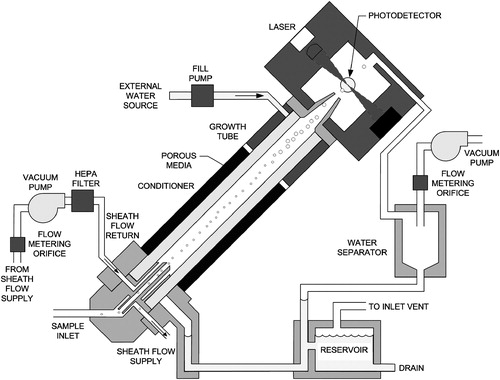
Figure 6. Calibration of the vWCPC reported by Hering et al. (Citation2017) (reproduced with permission of the American Association for Aerosol Research).
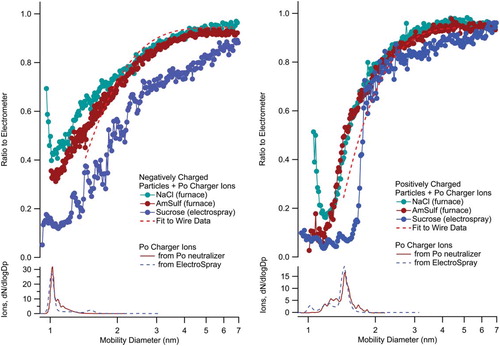
Figure 7. Measured detection efficiency curves for diethylene glycol for (a) silver, (b) ammonium sulfate, and (c) sodium chloride with the modified 3025 A by Iida, Stolzenburg, and McMurry (Citation2009) (reproduced with permission of the American Association for Aerosol Research).

Figure 8. Experimental setup of Seto et al. (Citation1997) (Seto, T., Okuyama, K., de Juan, L., and Fernandéz de la Mora, J. (1997). Condensation of supersaturated vapors on monovalent and divalent ions of varying size. Journal of Physical Chemistry 107:1576–1585).
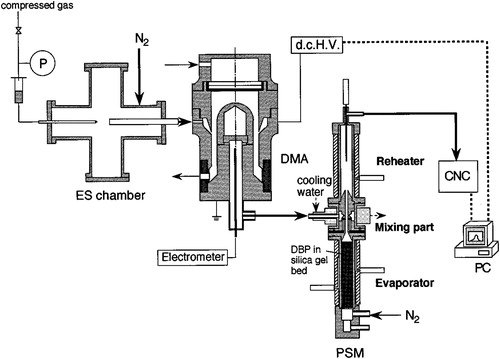
Figure 9. PSM design of Airmodus (Vanhanen et al. Citation2011) (reproduced with permission of the American Association for Aerosol Research).
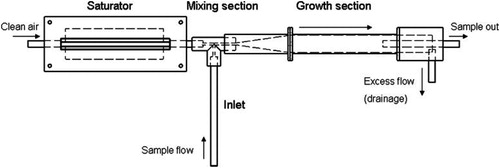
Figure 10. Typical calibration of the Airmodus PSM and the kernel functions (Cai et al. Citation2018) (reprinted with permission under Creative Commons Attribution 4.0 License).
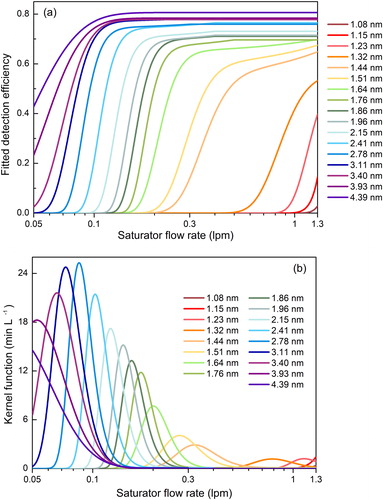
Figure 11. Size dependent CPC counting efficiencies of positively charged ammonium sulfate particles. Diamonds (black) refer to vSANC counting efficiency data. Circles (green) and stars (red) are activation efficiencies of an ultrafine CPC (modified TSI Model 3025; Iida, Stolzenburg, and McMurry Citation2009) and a nCNC (Airmodus Model A11), respectively, both using diethylene glycol as working fluid (Pinterich et al. Citation2016) (reproduced with permission of the American Association for Aerosol Research).
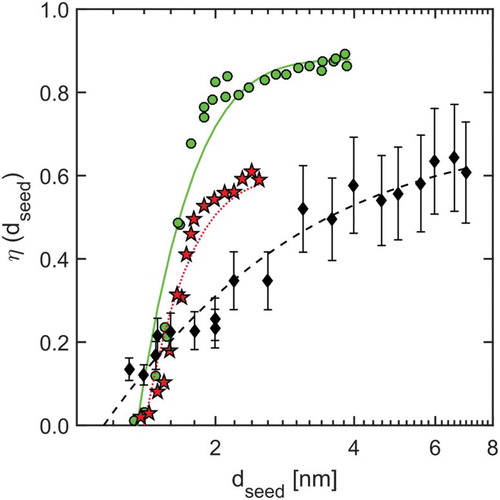
Table 1. CPC response times [s] as measured by Enroth et al. (Citation2018).
Figure 13. Electrosprayed tetraheptylammonium bromide clusters detected at various supersaturations (Gamero-Castano and Fernandéz de la Mora Citation2002) (reproduced from Gamero-Castano, M. and Fernandéz de la Mora, J. (2002). Ion-induced nucleation: Measurement of the effect of embryo's size and charge state on the critical supersaturation. J Chem Phys 117:3345–3353 with the permission of AIP Publishing).
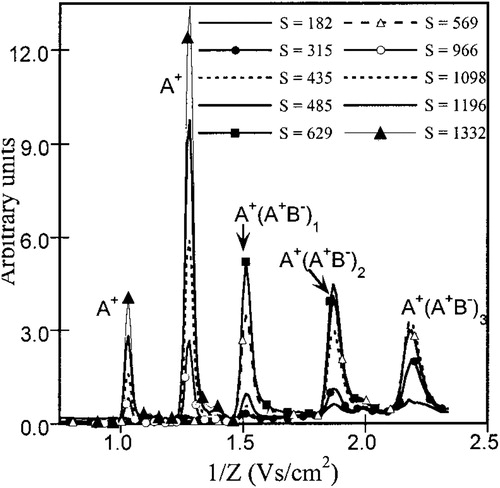
Figure 14. Mobility size scan overlaid with mass spectrometric measurement of negatively charged ammonium sulfate produced from with a tube furnace (reproduced in modified form from Kangasluoma et al. Citation2013 with permission of the American Association for Aerosol Research).

Table 2. Summary of the laminar flow CPCs (reference with * notes the original instrument description).
Table 3. Summary of the mixing type CPCs (reference with * notes the original instrument description).
Table 4. Summary of the expansion type CPCs (reference with * notes the original instrument description).
Table 5. Summary of instrument calibrations including multiple instrument models (reference with * notes the original instrument description).

